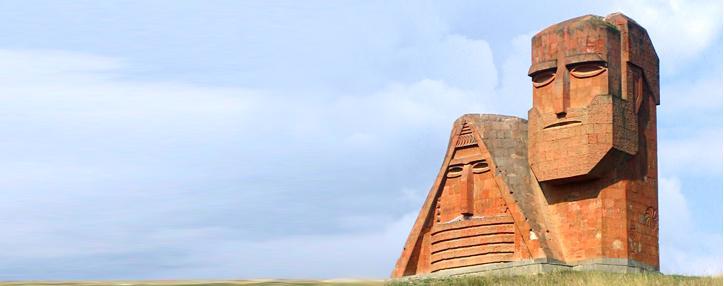Uruguay’s parliament head visits Karabakh and meets NKR president
14.11.2012,
13:03
Nagorno-Karabakh Republic’s President Bako Sahakyan received Tuesday Chairman of House of Representatives of Uruguay Jorge Orrico in NKR capital Stepanakert, spokesman for the President’s Office David Babayan reported to Novosti-Armenia.

STEPANAKERT, November 14. /ARKA/. Nagorno-Karabakh Republic’s President Bako Sahakyan received Tuesday Chairman of House of Representatives of Uruguay Jorge Orrico in NKR capital Stepanakert, spokesman for the President’s Office David Babayan reported to Novosti-Armenia.
“The meeting was coordinated in a friendly and warm atmosphere. The sides discussed the issues related to the bilateral cooperation,” Babayan said.
NKR President noted the bilateral relations should be developed into higher level, according to the spokesman. Mr. Sahakyan also highlighted the people of Artsakh (Armenian name for Karabakh) highly commend the friendship with Uruguay.
“I think this is a beginning of a new phase in Karabakh’s foreign policy. We are interested in developing our relations with different states and do not restrict ourselves due to other issues, particularly the recognition. Recognition is the most important issues of Karabakh’s foreign policy, but it is not some idée fixe,” he said.
Meetings of Uruguay’s delegation will be held in Karabakh’s parliament on Wednesday.
The conflict in Nagorno-Karabakh broke out in 1988 after the predominantly Armenian-populated Karabakh declared about secession from Azerbaijan.
As Azerbaijan declared its independence from the Soviet Union and removed the powers held by the Karabakh’s government, the Armenian majority voted in 1991, December 10, to secede from Azerbaijan and in the process proclaimed the enclave the Republic of Nagorno-Karabakh. Full-scale fighting, initiated by Azerbaijan, erupted in the late winter of 1992. International mediation by several groups including Europe's OSCE’s failed to bring an end resolution that both sides could work with.
In the spring of 1993, Armenian forces captured regions outside the enclave itself. By the end of the war in 1994, the Armenians were in full control of most of the enclave and also held and currently control seven regions beyond the administrative borders of Nagorno-Karabakh. Almost 1 million people on both sides have been displaced as a result of the conflict. A Russian- -brokered ceasefire was signed in May 1994 and peace talks, mediated by the OSCE Minsk Group, have been held ever since by Armenia and Azerbaijan. -0-



